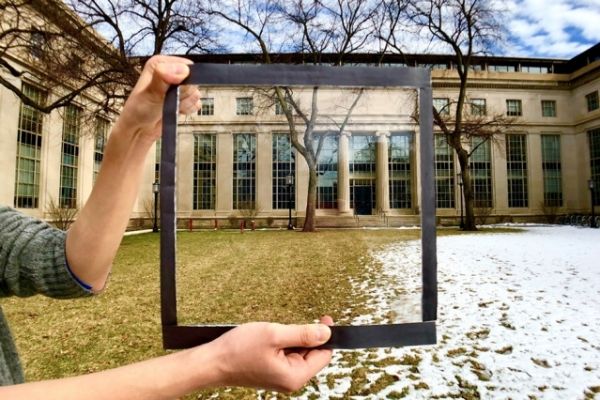To battle the summer heat, office and residential buildings tend to crank up the air conditioning, sending energy bills soaring. Indeed, it’s estimated that air conditioners use about 6 percent of all the electricity produced in the United States, at an annual cost of $29 billion dollars — an expense that’s sure to grow as the global thermostat climbs.
Now MIT engineers have developed a heat-rejecting film that could be applied to a building’s windows to reflect up to 70 percent of the sun’s incoming heat. The film is able to remain highly transparent below 32 degrees Celsius, or 89 degrees Fahrenheit. Above this temperature, the researchers say, the film acts as an “autonomous system” to reject heat. They estimate that if every exterior-facing window in a building were covered in this film, the building's air conditioning and energy costs could drop by 10 percent.
The film is similar to transparent plastic wrap, and its heat-rejecting properties come from tiny microparticles embedded within it. These microparticles are made from a type of phase-changing material that shrinks when exposed to temperatures of 85 degrees Fahrenheit or higher. In their more compact configurations, the microparticles give the normally transparent film a more translucent or frosted look.
Read more at Massachusetts Institute of Technology
Image: MIT researchers have developed a coating for windows that rejects up to 70 percent of incoming solar heat. Courtesy of the researchers


